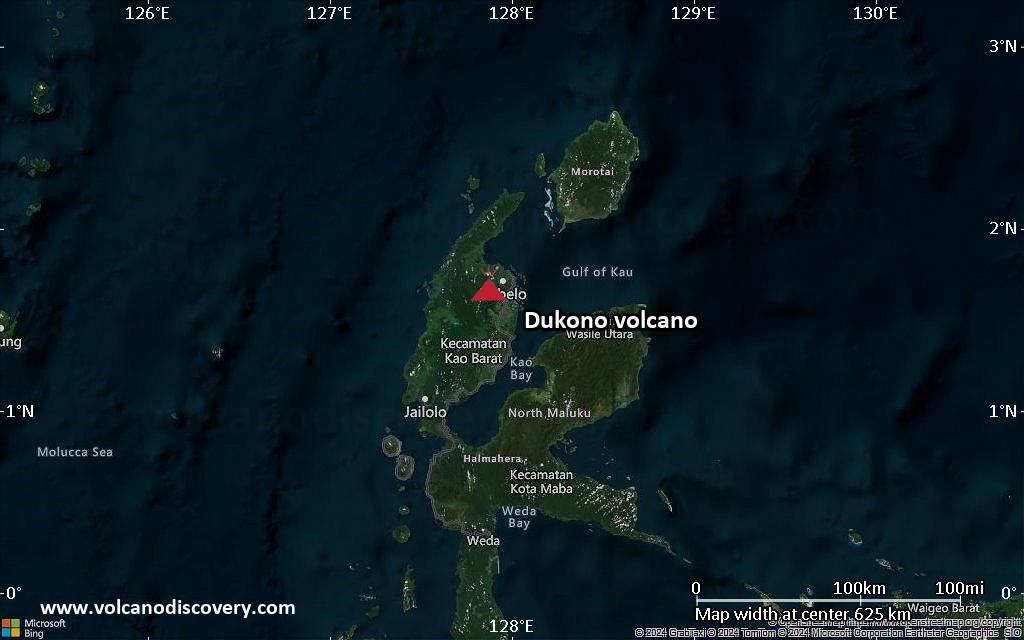RSS feed source: USGS Earthquake Hazards Program
Sat, 19 Jul 2025, 21:46 | BY: EARTHQUAKEMONITOR
Iran was shaken near Shahrud, Semnan Province, by an earthquake of magnitude 5.2 only 7 minutes ago, the European-Mediterranean Seismological Centre (EMSC) reported.
The quake hit at a moderately shallow depth of 35. km beneath the epicenter near Shahrud, Semnan Province, Iran, after midnight on Sunday, July 20th, 2025, at 12:37 am local time. The exact magnitude, epicenter, and depth of the quake might be revised within the next few hours or minutes as seismologists review data and refine their calculations, or as other agencies issue their report.
A second report was later issued by the German Research Centre for Geosciences (GFZ), which listed it as a magnitude 5.3 earthquake. A third agency, the citizen-seismograph network of RaspberryShake, reported the same quake at magnitude 5.3.
Based on the preliminary seismic data, the quake was probably felt by many people in the area of the epicenter. It should not have caused significant damage, other than objects falling from shelves, broken windows, etc.
In Shahrud (pop. 131,900) located 34 km from the epicenter, the quake should have been felt as light shaking.
Weak shaking might have been felt in Azadshahr (pop. 47,600) located 43 km from the epicenter, Gonbad-e Kavus (pop. 131,400) 60 km away, Bandar-e Torkaman (pop. 54,000) 86 km away, and Damghan (pop. 67,700) 86 km away.
VolcanoDiscovery will
Click this link to continue reading the article on the source website.


